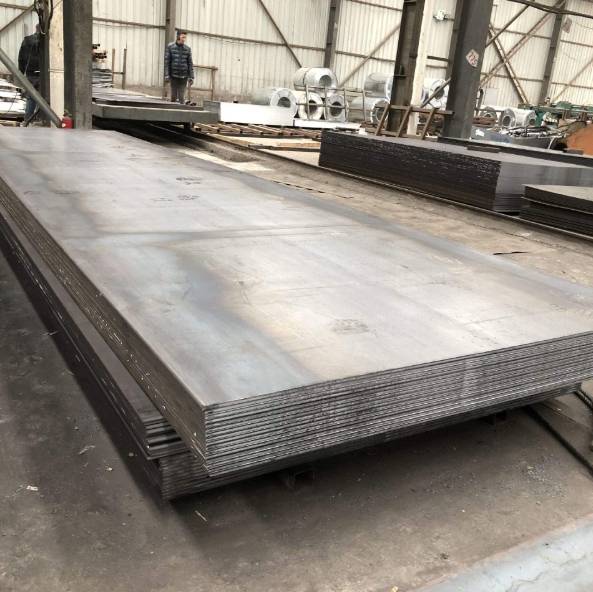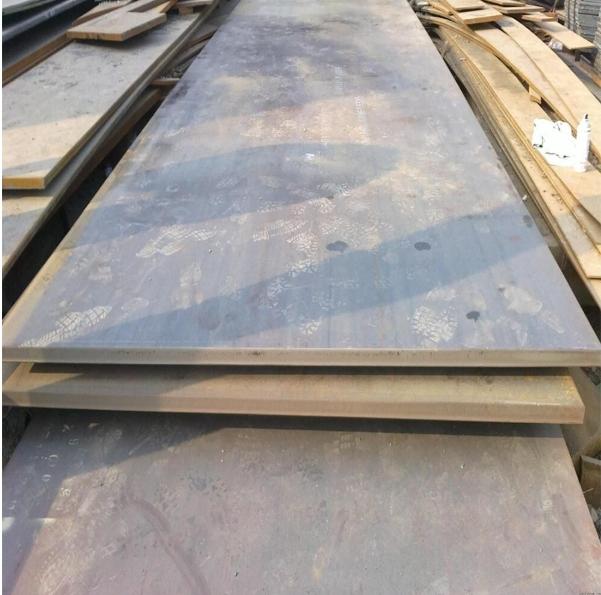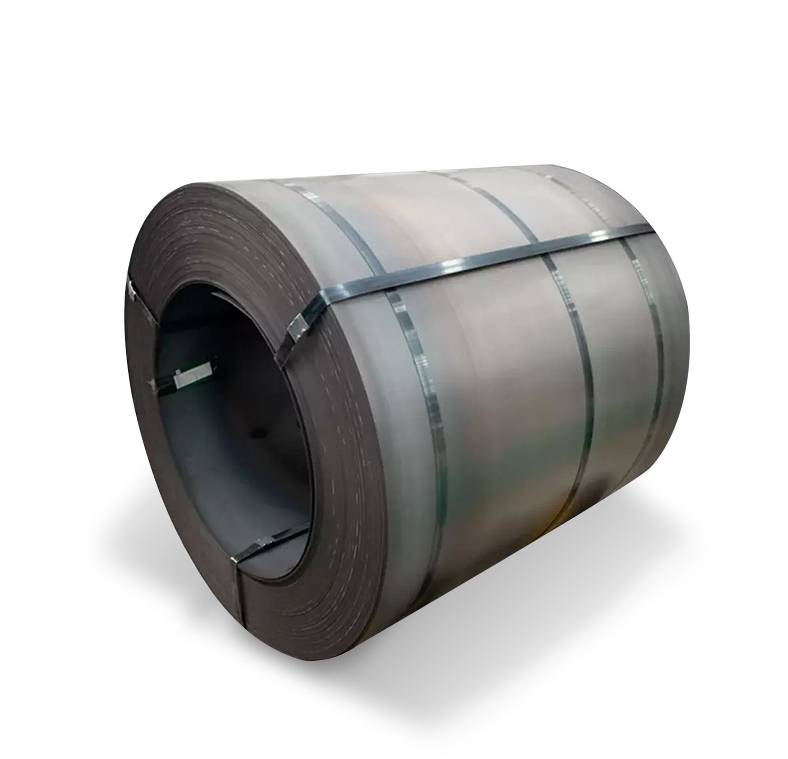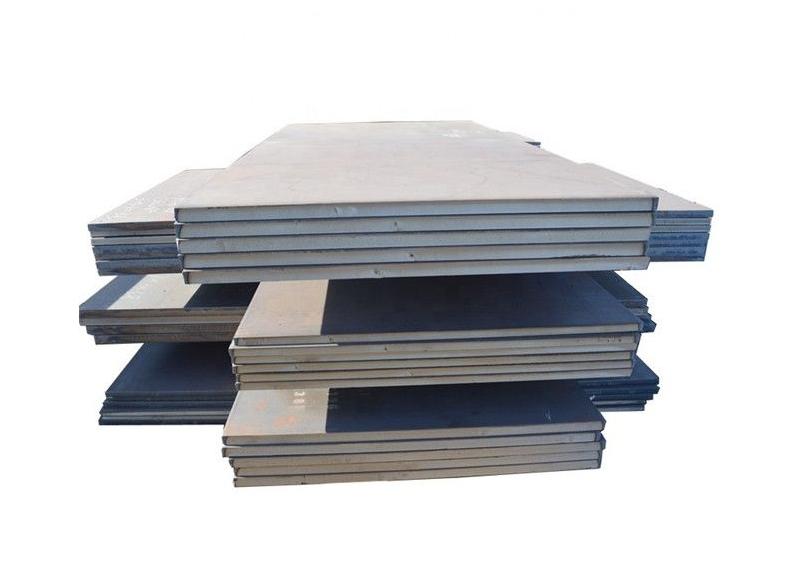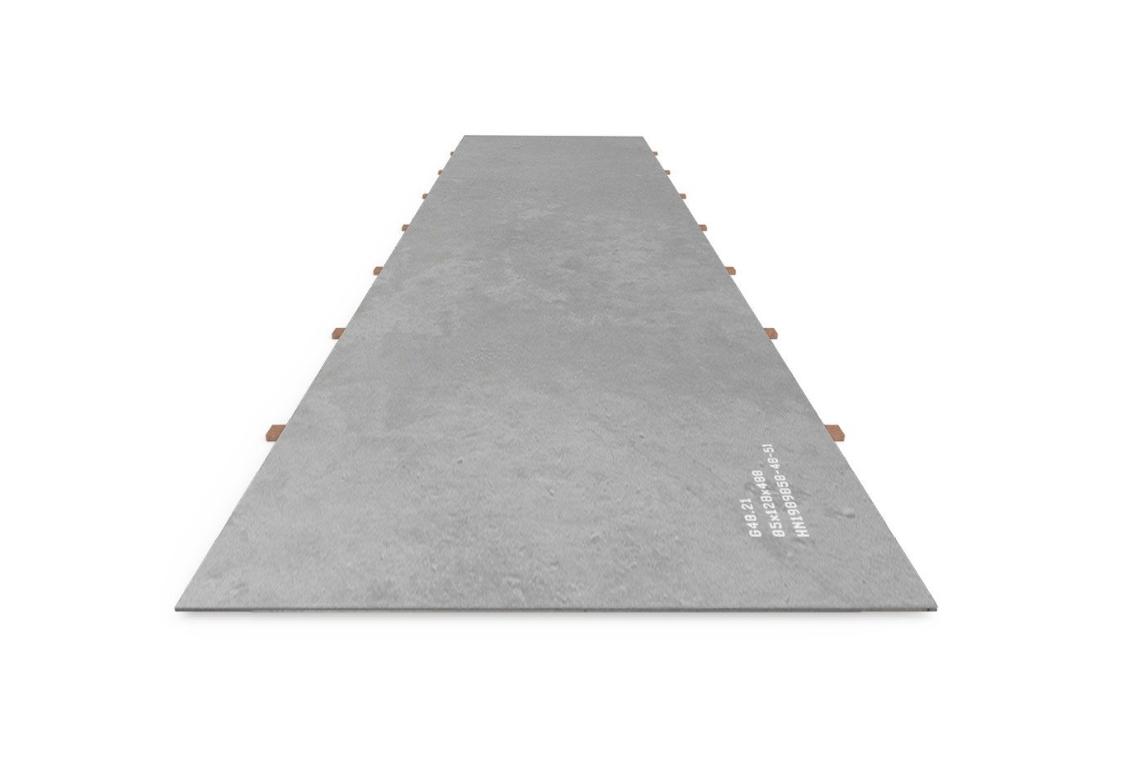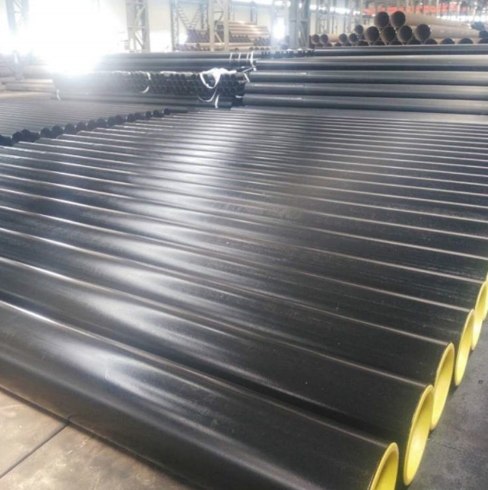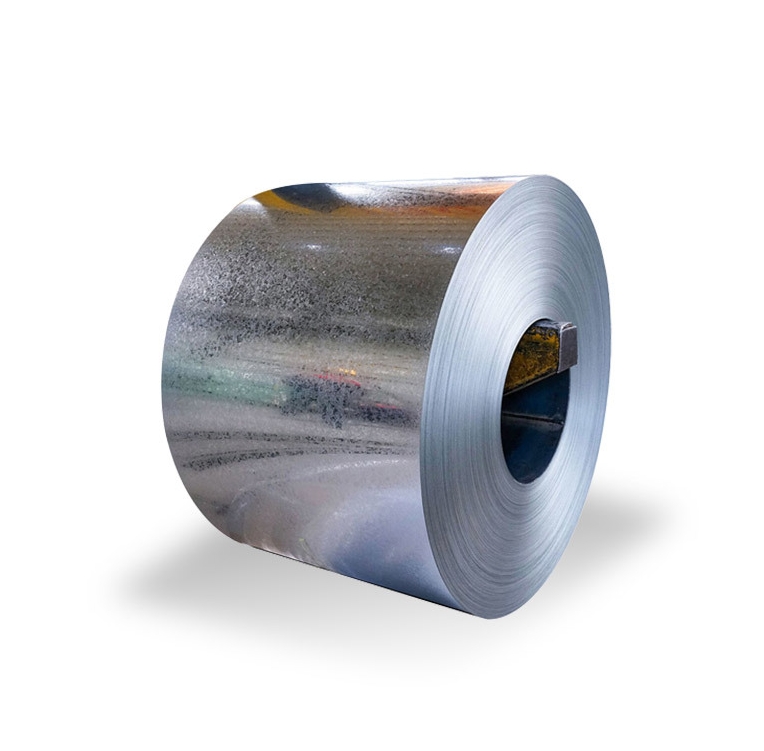When it comes to ballistic protection, choosing the right bulletproof steel plate is crucial. Whether for military, security, or industrial uses, understanding the differences between AR500 and Hardox is essential. This article dives deep into the properties, applications, and performance of these materials, helping you make an informed decision.
What Is a Bulletproof Steel Plate?
Defining Bulletproof Steel Plate
A bulletproof steel plate is a specially designed armor material capable of absorbing and dissipating the energy of projectiles. These plates are made from high-strength steel, with specific compositions to resist bullets and shrapnel. They are widely used in military vehicles, protective barriers, and personal armor.
Why Is It Important?
The durability and protective ability of bulletproof steel plates depend on their composition and manufacturing. Selecting the right type ensures safety, longevity, and compliance with standards. For example, a plate’s ability to withstand different calibers varies significantly, influencing its suitability for specific threats.
Comparing AR500 and Hardox Steel Plates
Overview of AR500 and Hardox
AR500 and Hardox are two popular types of steel used to produce bulletproof steel plates. AR500 is known for its high hardness and impact resistance, while Hardox is renowned for its toughness and wear resistance. Both are used in ballistic applications but differ in performance characteristics.
Mechanical Properties and Performance
| Property | AR500 Steel Plate | Hardox Steel Plate |
|---|---|---|
| Hardness | 500 HB (Brinell Hardness) | 400-500 HB (varies by grade) |
| Impact Resistance | Moderate | High |
| Wear Resistance | Good | Excellent |
| Ductility | Moderate | High |
| Typical Use | Ballistic protection, target shooting | Heavy-duty wear parts, ballistic applications |
Source: Steel Data Sheets, 2023
How These Differences Affect Bulletproofing
AR500’s high hardness makes it excellent at stopping projectiles, but it can be more brittle. Conversely, Hardox’s toughness allows it to absorb impacts better, reducing cracking risks. Therefore, the choice depends on your specific threat level and application environment.
Real-World Application and Case Studies
Problem: Protecting Military Vehicles
A defense contractor needed a bulletproof steel plate capable of withstanding high-caliber rounds. They faced a choice: AR500 or Hardox? The team opted for AR500 due to its superior hardness, which proved effective during ballistic testing.
Solution: Material Selection and Testing
The contractor conducted ballistic tests per ASTM standards. The AR500 plate successfully stopped rounds up to 7.62mm armor-piercing bullets, validating its suitability. This case underscores the importance of matching steel properties with threat levels.
Personal Experience
In my work, I once tested both steels for a security barrier. AR500 was easier to cut and shape but showed signs of cracking after repeated impacts. Hardox, while more expensive, absorbed impacts better and lasted longer under repeated strikes.
How to Choose the Right Bulletproof Steel Plate
Step-by-Step Selection Guide
- Assess Threat Levels: Determine the caliber and type of projectiles expected.
- Evaluate Environmental Conditions: Consider exposure to corrosion or extreme temperatures.
- Set Budget Constraints: Balance performance with cost.
- Review Material Specifications: Check steel grades and standards.
- Perform Testing: Conduct ballistic and impact tests on sample plates.
- Analyze Results: Confirm the plate’s ability to withstand threats.
- Finalize Purchase: Select the steel plate that offers the best protection-to-cost ratio.
Additional Tips
Always verify the steel’s certification and ensure compliance with relevant standards like ASTM or EN.
Common Mistakes and Pitfalls
⚠️ Note: Relying solely on hardness ratings can be misleading; impact toughness is equally vital.
⚠️ Note: Not considering environmental exposure may lead to corrosion issues.
⚠️ Note: Ignoring proper installation procedures can compromise protection levels.
Bulletproof Steel Plate: AR500 vs Hardox — Comparative Analysis
Here’s a detailed comparison table to help you understand the key differences:
| Feature | AR500 Steel Plate | Hardox Steel Plate |
|---|---|---|
| Hardness | Up to 500 HB | 400-500 HB (varies) |
| Impact Resistance | Moderate | High |
| Wear Resistance | Good | Excellent |
| Ductility | Moderate | High |
| Cost | Lower | Higher |
| Weight | Slightly lighter | Slightly heavier |
| Typical Use | Ballistic armor, shooting targets | Heavy-duty armor, impact-resistant parts |
Sources: Steel Industry Reports, 2023
Practical Steps to Fabricate Bulletproof Steel Plates
- Material Procurement: Purchase certified AR500 or Hardox steel plates.
- Design Planning: Create detailed drawings considering dimensions and mounting.
- Cutting: Use plasma or laser cutting for precision.
- Heat Treatment: Apply tempering if necessary to improve toughness.
- Assembly: Join plates with welding or bolting, following safety standards.
- Surface Finishing: Grind edges and apply protective coatings.
- Ballistic Testing: Conduct tests per ASTM or NIJ standards.
- Inspection and Certification: Verify performance and document compliance.
Key Warnings and Common Mistakes
⚠️ Note: Do not assume higher hardness equals better protection; impact toughness matters.
⚠️ Note: Skipping proper testing can lead to underperformance in real threats.
⚠️ Note: Improper installation reduces the effectiveness of bulletproof steel plates.
Final Checklist for Bulletproof Steel Plate Projects
- Confirm steel grade and certification (e.g., ASTM, EN).
- Match steel properties with threat requirements.
- Conduct ballistic and impact testing.
- Ensure proper cutting and fabrication techniques.
- Apply protective coatings to prevent corrosion.
- Document all procedures and test results.
- Verify installation aligns with safety standards.
- Schedule regular inspections and maintenance.
Conclusion
Choosing between AR500 and Hardox for bulletproof steel plates depends on your specific needs, threat levels, and environment. AR500 offers excellent hardness for ballistic protection, but Hardox provides superior toughness for repeated impacts. By understanding their differences and following proper fabrication steps, you can ensure maximum protection and longevity.


